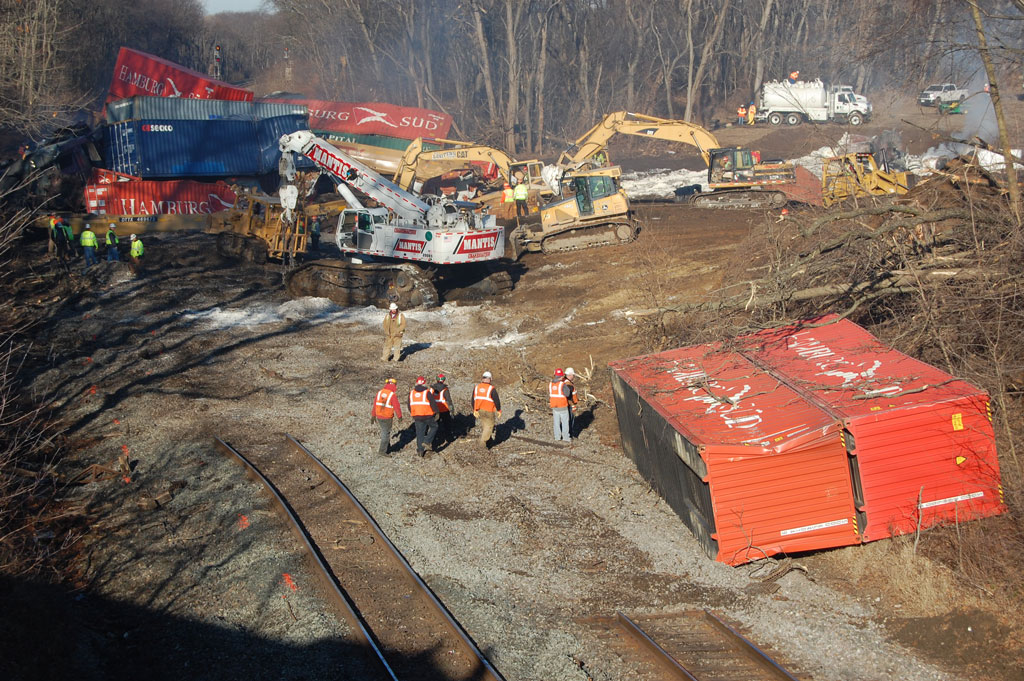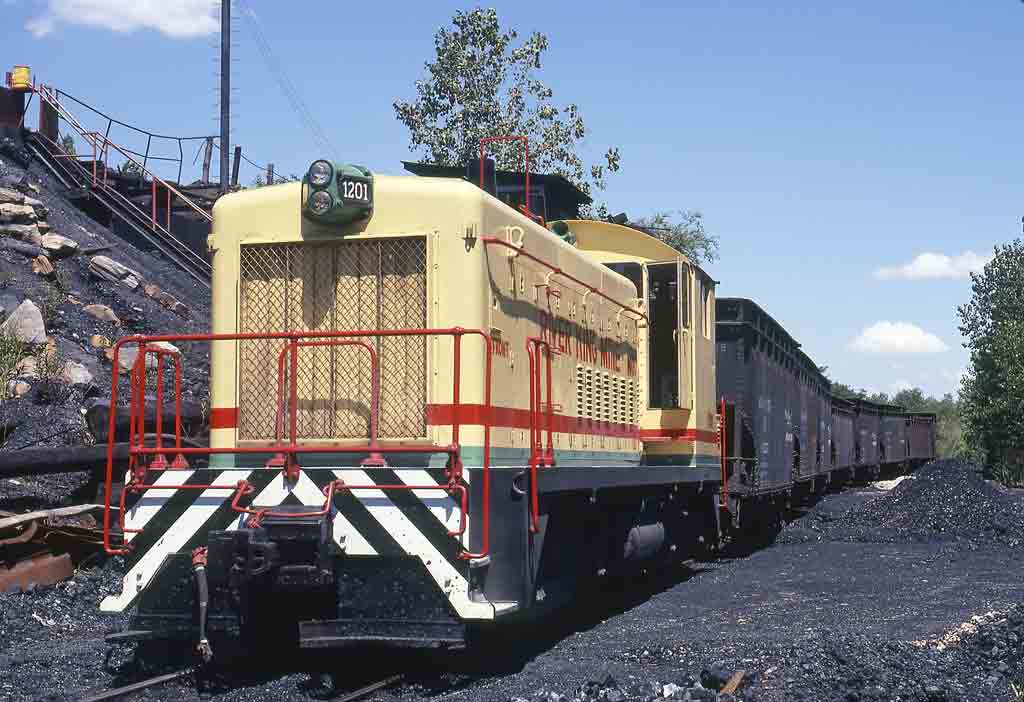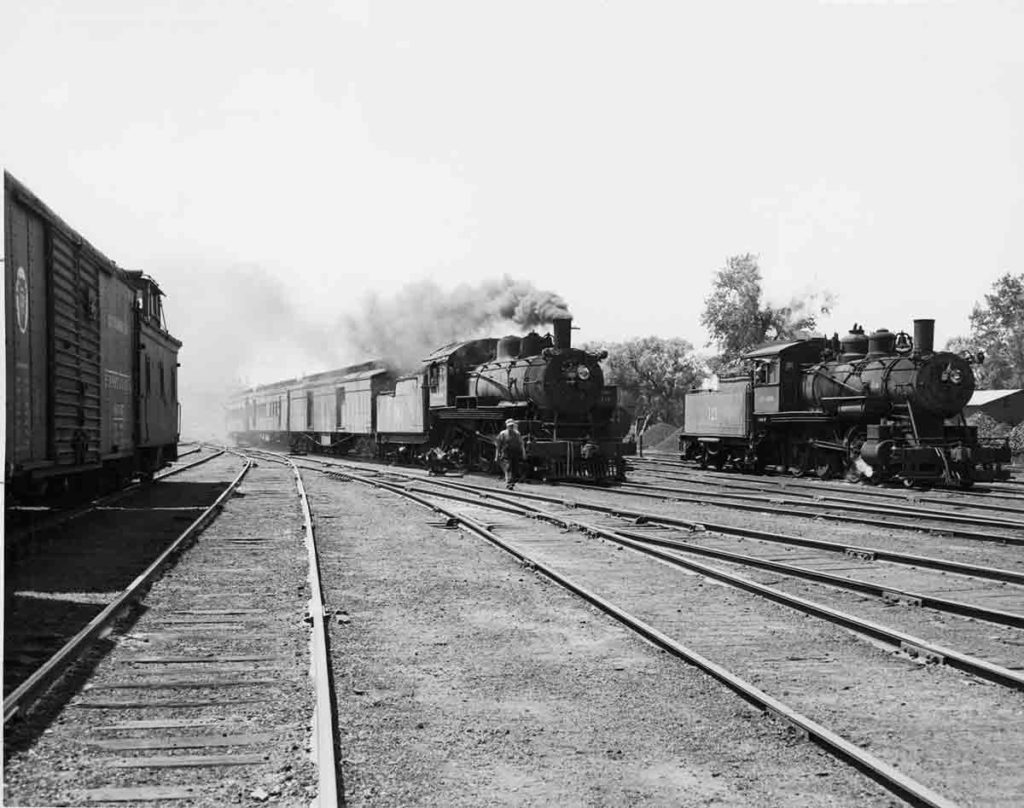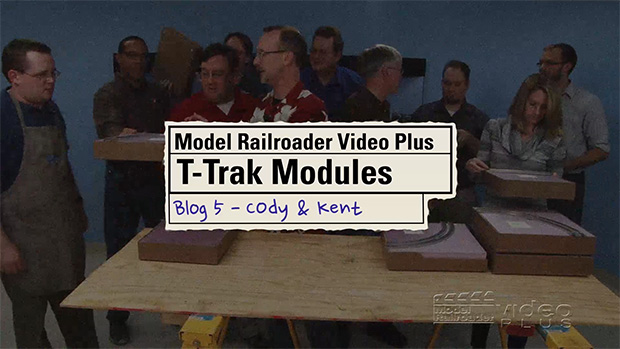
Having trouble viewing this video? Please visit our Video FAQ page In the final T-Trak Group Project video blog on MR Video Plus, Kent Johnson checks out the progress MR’s Cody Grivno is making on his much anticipated corner module. Kent also shares some insights on how his own British Columbia-inspired module is coming […]
Read More…
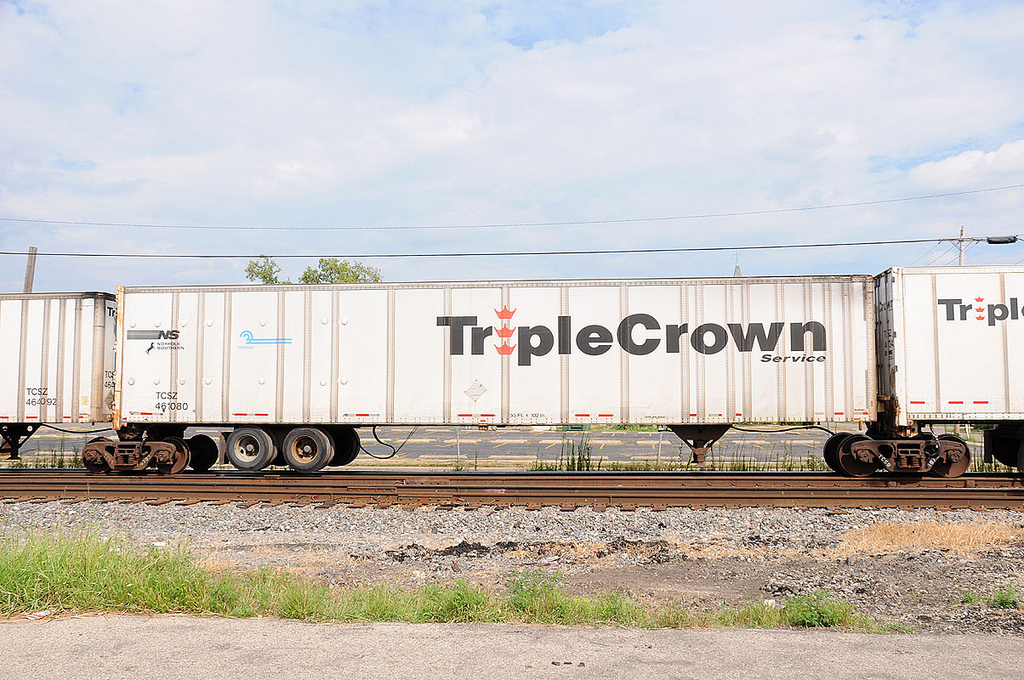
Brian Schmidt FORT WAYNE, Ind. – A leading intermodal analysts says that Norfolk Southern’s decision to scale back use of its RoadRailer trailer trains is a “missed opportunity” for the industry. Earlier this month, NS discontinued most of its RoadRailer trains and is incorporating traffic that was once moved by its Fort Wayne-based Triple Crown […]
Read More…
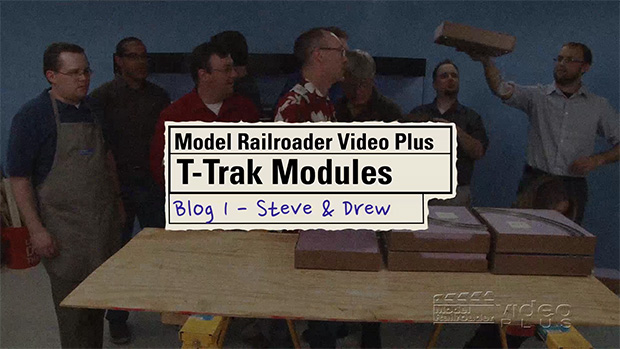
Having trouble viewing this video? Please visit our Video FAQ page MRVP’s Kent Johnson hosts this video journal covering some of the planning and construction efforts of the T-Trak project Dream Team. First up are MR’s Steven Otte and MRVP’s Drew Halverson. Steve gets off to a quick start and adds a wrinkle to […]
Read More…

Having trouble viewing this video? Please visit our Video FAQ page MRVP’s Kent Johnson hosts this video journal covering some of the planning and construction efforts of the T-Trak project Dream Team. First up are MR’s Steven Otte and MRVP’s Drew Halverson. Steve gets off to a quick start and adds a wrinkle to […]
Read More…
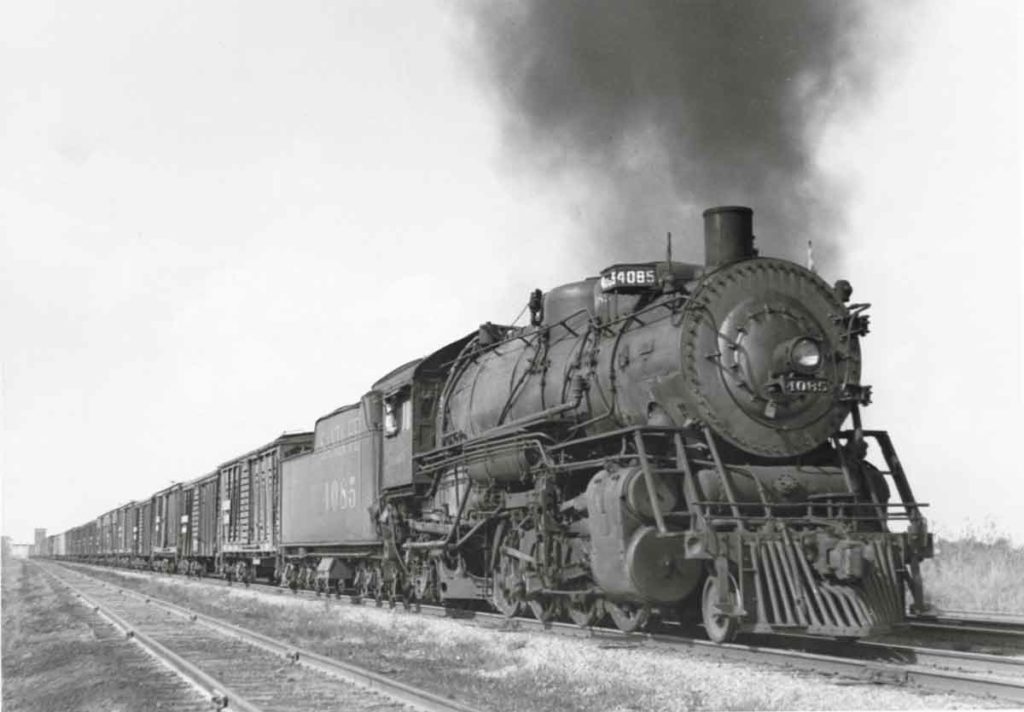
A long string of stock cars is tucked in behind Santa Fe 2-8-2 No. 4085 on train 44, the Perishable Express, near Henrietta, Mo., in 1946. Behind the stock cars are 33 refrigerator cars. Robert R. Malinoski photo […]
Read More…
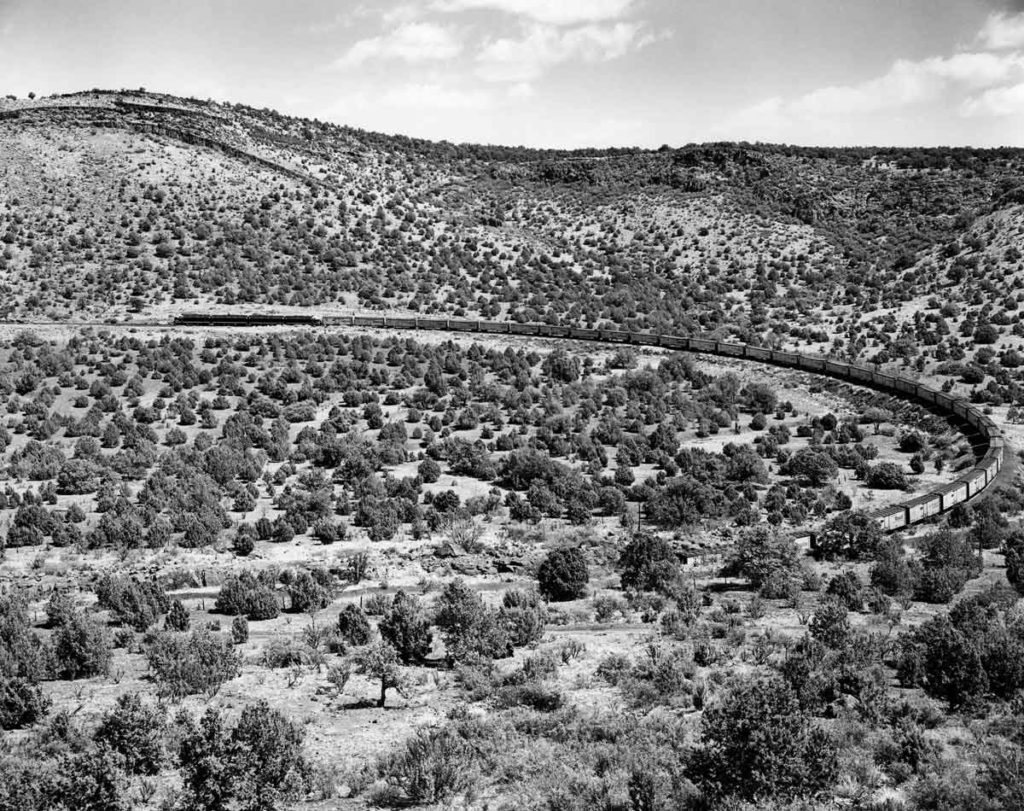
Four F7s take a train of refrigerator cars through a horseshoe curve near Gleed, Ariz., in the 1950s. A major line change in 1960 eliminated tough operating conditions like this for the Santa Fe across northern Arizona. Santa Fe photo […]
Read More…
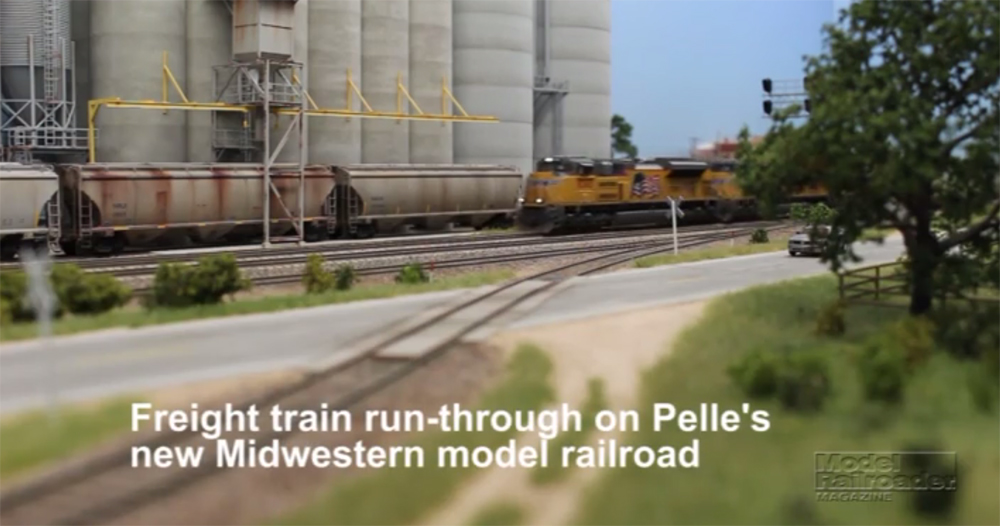
Having trouble viewing this video? Please visit our Video FAQ page Contributing editor Pelle Søeborg is currently building a new HO scale model railroad set in the Midwest. Like his previous layout, the new railroad focuses on the modern-day Union Pacific. In this short video clip, you can watch a long freight train of […]
Read More…

Having trouble viewing this video? Please visit our Video FAQ page Contributing editor Pelle Søeborg is currently building a new HO scale model railroad set in the Midwest. Like his previous layout, the new railroad focuses on the modern-day Union Pacific. In this short video clip, you can watch a long freight train of […]
Read More…
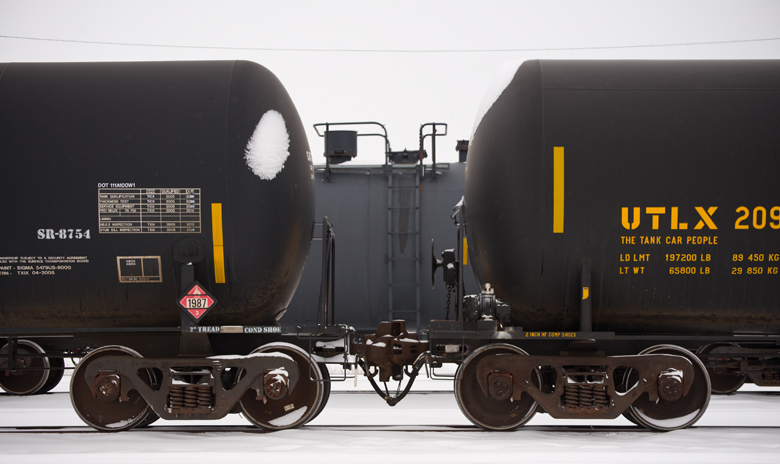
DOT-111 tank cars placarded for alcohol transport sit in a yard in Bloomington, Ill., in 2013. Water Train managers say that tank cars decommissioned from crude oil, ethanol, and other services can be turned to water service for California agriculture. Steve Smedley California relies on rail to get produce to market, but would farmers pony […]
Read More…






